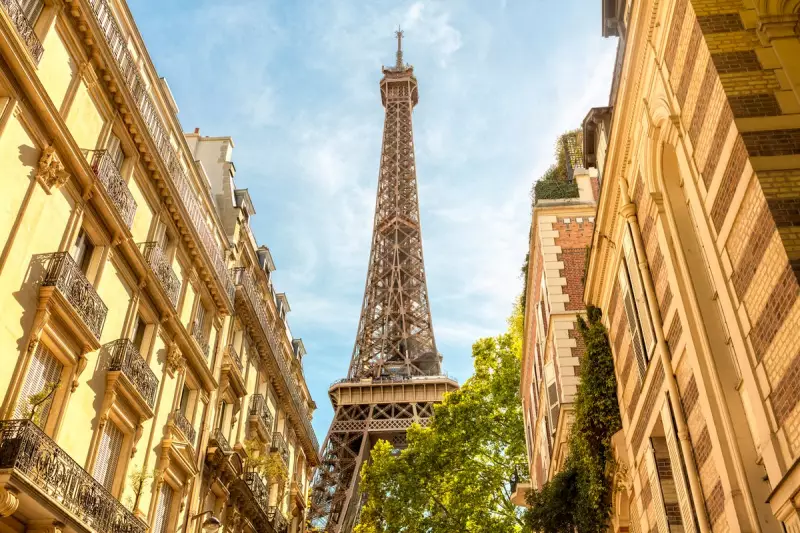
One of the world's most famous landmarks, the Eiffel Tower, has a surprising secret – it actually grows taller during the summer months. This phenomenon occurs due to the basic principles of physics that affect all metal structures.
The Science Behind the Height Change
When temperatures rise, the iron structure of the 330-metre tall tower expands, causing it to increase in height by as much as 15 centimetres. This thermal expansion is a perfectly normal physical reaction that occurs in all metals when heated.
How Thermal Expansion Works
The process is simple: as the iron heats up, its particles vibrate more and take up more space. While this expansion is barely noticeable in everyday objects, the sheer size of the Eiffel Tower makes the change measurable. The same effect causes the tower to contract when temperatures drop in winter.
A Marvel of Engineering
Gustave Eiffel's 1889 design anticipated this natural phenomenon. The tower's lattice structure and flexible construction allow it to safely accommodate these seasonal changes without any structural compromise. In fact, the tower can sway up to 9 centimetres in strong winds, demonstrating its remarkable flexibility.
While visitors might not notice the height difference, this thermal expansion serves as a fascinating demonstration of physics in action at one of the world's most visited monuments.





